Steps of SEO: 15 Repeat Process
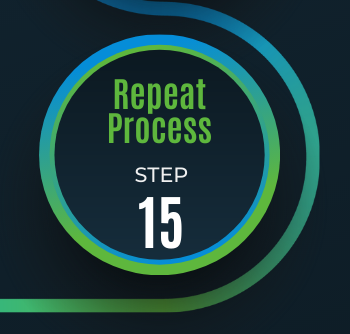
Continuously repeating the SEO process is crucial to stay ahead of the competition. Set goals, update content, build links, monitor analytics, and stay up-to-date with algorithm changes.
Steps of SEO: 14 Adjust Strategy
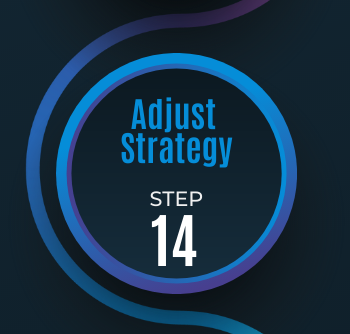
Discover tips to adjust your SEO strategy, including reviewing your keyword research, optimizing your content, and improving your website’s user experience for better visibility and more traffic.
Steps of SEO: 13 Monitor Progress

Importance of monitoring progress in SEO: Regularly tracking key metrics, staying up-to-date with trends, and continuously improving your website to achieve success.
Steps of SEO: 12 Track Results

Tracking a website’s performance through analytics tools is crucial to monitor SEO success and adjust strategies for improved visibility and traffic.
Steps of SEO: 11 Build Links & Socials
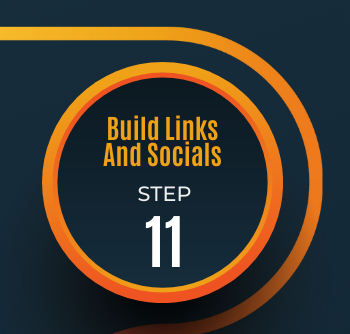
Building high-quality backlinks and engaging with your audience on social media are crucial for SEO success, and require creating valuable content and consistent effort.
Steps of SEO: 10 Content Creation
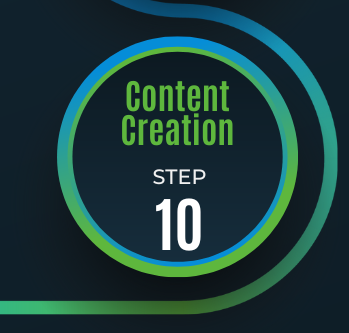
Creating effective content is essential for improving a website’s SEO and visibility. To succeed, understand your audience, create high-quality content, optimize it for search engines, consider external content creation, and update regularly.
Steps of SEO: 9 Technical Optimization
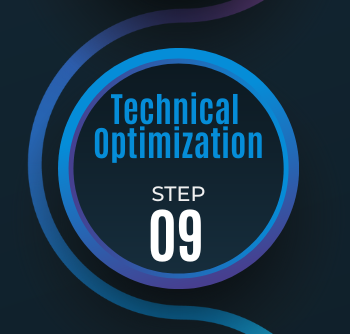
Optimizing technical aspects of a website is crucial for SEO. Improving page speed, mobile-friendliness, implementing HTTPS, optimizing URLs and using structured data are essential techniques.
Steps of SEO: 8 On-Page Optimization

On-page optimization is crucial to improve website visibility. Focus on high-quality content, optimize HTML, and continuously monitor and adjust strategy for better performance.
Steps of SEO: 7 Choose Your Keywords

Effective SEO requires selecting relevant and valuable keywords, prioritizing high-potential options, and integrating them strategically into website content. Ongoing monitoring and refinement are key.
Steps of SEO: 6 Competitor Analysis

Competitor analysis is a vital SEO step. Identify competitors, evaluate their website, keywords, backlinks, and social media presence to find opportunities to improve your own website’s visibility.